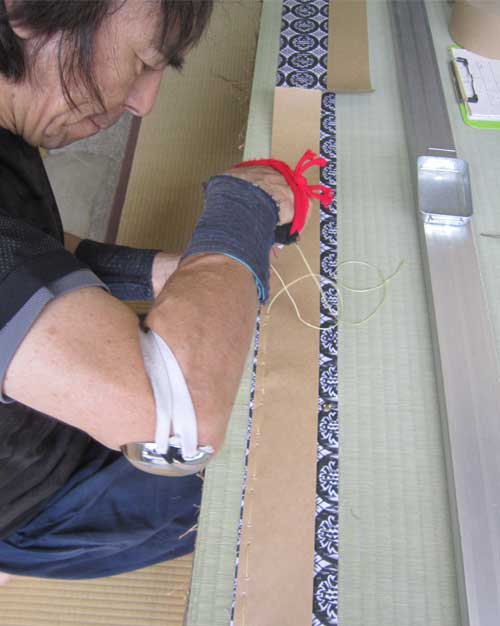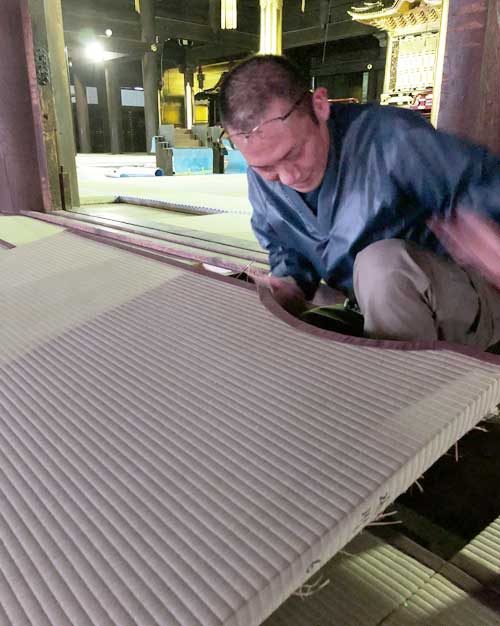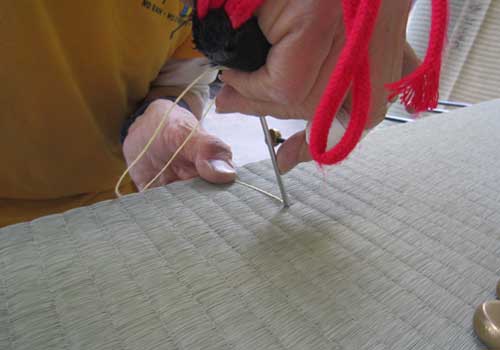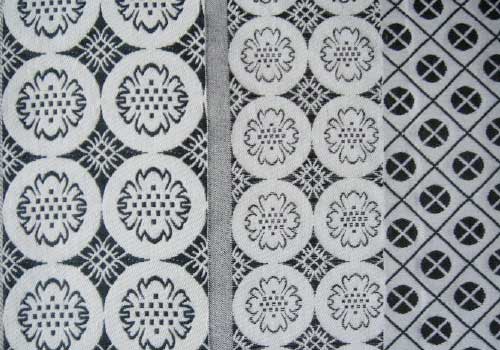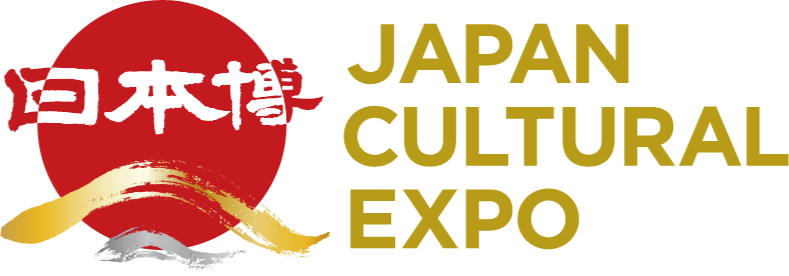
Tatami-making
Advanced tatami-making techniques for the culturally important korai-beri mats,
including the matching of adjacent mats when sewing by stretching and shrinking patterns
Society for the Conservation
of Culturally Important Tatami Mats
Designated in 2008
Satake Shoten, 66 Kagiya-cho, Sakai-machi Nishihairu, Marutamachi Dori,
Nakagyo-ku,
Kyoto City, Kyoto Prefecture 604-0801
The tatami mat is a unique part of Japan’s cultural heritage. The mats are made from layers of tightly sewn bundles of rice straw, covered with a weave of soft rush straw and sealed around the edges with ribbons made from natural fibers such as silk, hemp or cotton. They can be adjusted to fit rooms of various shapes and sizes. The decorative, crested edging ribbons take various standard forms, including the korai-beri and ungen-beri patterns, and these have to be sewn on for proper matching with adjacent and continuing mats. Each process depends on mature, precise craft skills.
